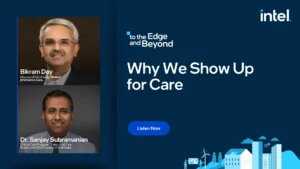In MedTech, How Do You Define a User Need? with Nick Lesniewski-Laas of Sunrise Labs
The fundamental question that comes with designing new MedTech devices is this one: What are the user needs and requirements? The questions feels simple enough, but it’s far from simple. With that question comes others: Who is the user? What makes a good requirement? How do you actually test these requirements? For a MedTech designer like Nick Lesniewski-Laas, Director of Electrical Engineering for Sunrise Labs, these questions can often inhibit his ability to deliver on quality products if the communication between all parties isn’t consistent and straight-forward. “I’m in the business of designing medical devices because I want to help people and I want to make sure that the devices I design are best able to do that,” Lesniewski-Laas said. “So, a lot of guidelines around requirements writing are aimed toward that but don’t really hit the mark in my opinion.”
On today’s Healthcare podcast, Lesniewski-Laas digs into this multi-layered question of delivering on user needs and defining needs versus requirements versus actual mandated FDA requirements. “By far the most important things to me are ‘unambiguous’ and ‘testable,’ or ‘verifiable,'” Lesniewski-Laas said. He breaks down the importance of atomicity, the way user needs affect everyone from the manufacturers to the patients, and his process for getting everyone involved on the same page so the potentially life-saving product can make its way efficiently to market.
For the latest news, videos, and podcasts in the Healthcare Industry, be sure to subscribe to our industry publication.
Follow us on social media for the latest updates in B2B!
Twitter – @HealthMKSL
Facebook – facebook.com/marketscale
LinkedIn – linkedin.com/company/marketscale









